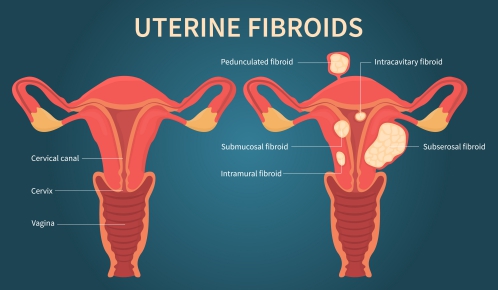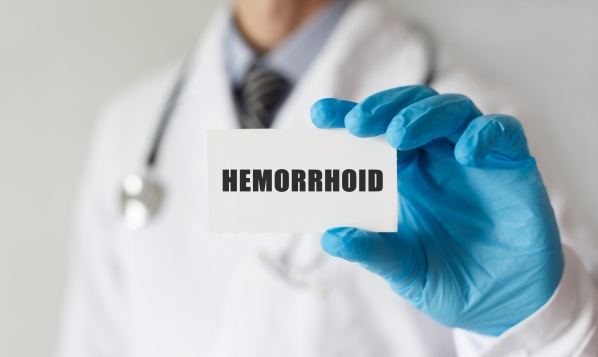Nosebleed, Epistaxis, Nose, Bleeding, Nose-picking
Description : Nosebleed, also known as epistaxis, is when blood comes out of your nostril, nasal cavity or
Article Details :
What is nosebleed?
Nosebleed, also known as epistaxis, is when blood comes out of your nostril, nasal cavity or nasopharynx which is the upper part of the throat found behind your nose. The nose and nasal cavity are regions that contain several blood vessels making them prone to bleeding. Nosebleeds can be scary and dramatic, however, most of them are nothing to worry about.
Nosebleed is a common complaint in the emergency department and can cause significant anxiety in the affected individual. The majority of people have at least once in their lifetime experienced a nosebleed. The most common causes of epistaxis include dry air or nose-picking. It is most common in children and young adults.
There are two types of nosebleeds: anterior and posterior nosebleed. They are categorised according to the location of the broken blood vessels. Posterior nosebleeds can potentially become dangerous as there is a risk of aspirating blood into the lungs. If your or your child has nosebleeds, it is important for you to know how to manage it properly, as most cases resolve on their own with proper initial management.
What are the causes of nosebleeds?
The area inside of your nose is rich in blood vessels that are found superficially. Trauma or irritation to these areas can easily lead to nosebleeds. Some causes of nosebleed include the following:
- Dry air: This is the most common cause of nosebleed. Dry climate can cause dryness of the tissues found in your nasal cavity. This can result in an itchy sensation in your nose. You are then most likely to scratch or pick your nose causing damage to the tiny blood vessels.
- Nose-picking: Nose-picking can cause direct damage to the superficial blood vessels in your nose resulting in bleeding.
- Facial injury: Injury to the face can occur in cases of falls, accidents or other trauma. This can cause direct injury to blood vessels or may indirectly cause bleeding through bone fractures.
- Medications: There are some medications that can make you more prone to bleeding. Some examples include warfarin, dabigatran, rivaroxaban, fondaparinux, clopidogrel and daily aspirin. These are medications used to prevent the formation of blood clots. Steroid nasal sprays which are commonly used in allergies can be associated with nosebleed as a side effect.
- Drug snorting into your nose: This can be the cause for recurrent nosebleeds. An example include cocaine.
- Bleeding disorders: In some cases, frequent nosebleeds may be an indication for an underlying bleeding disorder.
When should you seek help?
Most nosebleeds can resolve with simple measures that can be taken at home itself. However, it is important to know the two types of nosebleeds as one can be potentially serious.
There are two types of nosebleeds: anterior and posterior nosebleed.
Anterior nosebleed is bleeding coming from the blood vessels located in the front parts of your nose. Blood coming from these blood vessels flow out of the nostrils and it is the most common type of nosebleed. It is usually self-limiting.
Posterior nosebleed, on the other hand, comes from blood vessels found the back of the nose, nearer to the throat. This is less common compared to anterior nosebleed and can be more dangerous. This is because it can lead to massive blood loss and since it occurs nearer to the throat, the blood flows backwards and can be aspirated into the lungs causing complications.
You should seek medical help immediately if you:
- Have massive bleeding
- Have difficulty to breathe
- Become pale or fatigue
- Become disoriented
- Performed the self-care steps and it has still not resolved
- Recently had a nasal surgery
- Have chest pain
- Had the nosebleed following an injury such as a blow to the face
- Are taking medications that prevent blood clotting (as mentioned above)
- Have multiple bruises or other areas bleeding
- Have light-headedness
How is the diagnosis of nosebleed made?
The diagnosis of nosebleed is mostly made through a clinical history and a physical examination. In the physical examination, your doctor may measure your vitals as you may have lost a lot of blood. He/she will also have a look at your nose to see whether there is any foreign objects in your nose and nasal cavity.
Depending on the history and physical examination, your doctor may request some other tests including:
- Complete blood count (CBC) to look for any possible blood disorders
- Partial thromboplastin time (PTT) which is a test that measures how long your blood takes to clot
- Nasal endoscopy which is a procedure done with a special apparatus with a camera on its end to have a detailed view of your nose, nasal cavity and nasopharynx
- CT scan of the nose to look for any abnormalities in your nose that may be causing bleeding
How is a nosebleed managed?
Most nosebleeds can resolve on their own with appropriate self-care measures. These measures include the following:
- Get rid of blood clots present in your nose through gentle blowing.
- Bend slightly forward while sitting or standing. You should absolutely not lie down or tilt your head back as this can Read more










